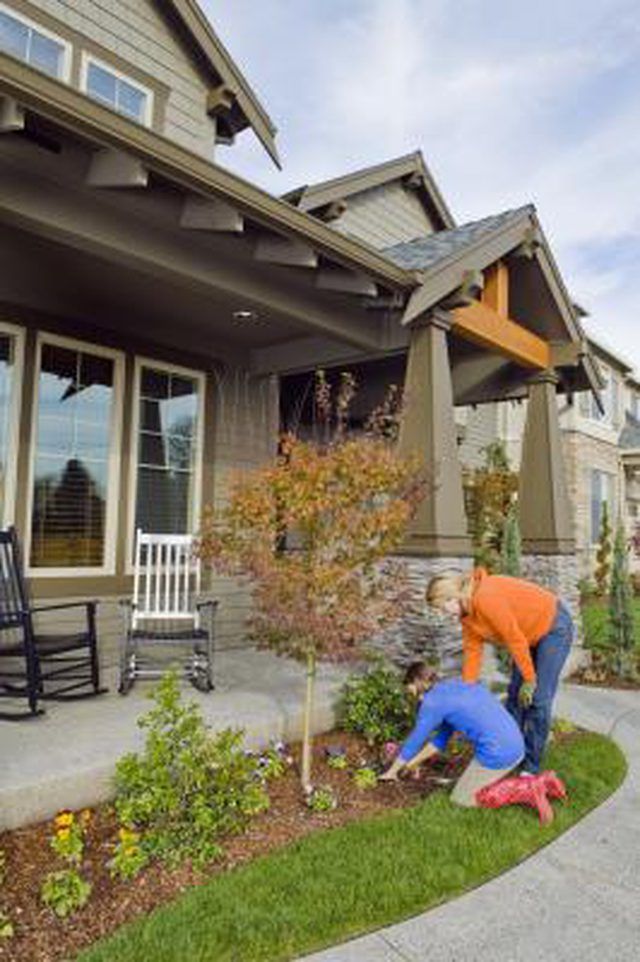Bulbs
Flower Basics
Flower Beds & Specialty Gardens
Flower Garden
Garden Furniture
Garden Gnomes
Garden Seeds
Garden Sheds
Garden Statues
Garden Tools & Supplies
Gardening Basics
Green & Organic
Groundcovers & Vines
Growing Annuals
Growing Basil
Growing Beans
Growing Berries
Growing Blueberries
Growing Cactus
Growing Corn
Growing Cotton
Growing Edibles
Growing Flowers
Growing Garlic
Growing Grapes
Growing Grass
Growing Herbs
Growing Jasmine
Growing Mint
Growing Mushrooms
Orchids
Growing Peanuts
Growing Perennials
Growing Plants
Growing Rosemary
Growing Roses
Growing Strawberries
Growing Sunflowers
Growing Thyme
Growing Tomatoes
Growing Tulips
Growing Vegetables
Herb Basics
Herb Garden
Indoor Growing
Landscaping Basics
Landscaping Patios
Landscaping Plants
Landscaping Shrubs
Landscaping Trees
Landscaping Walks & Pathways
Lawn Basics
Lawn Maintenance
Lawn Mowers
Lawn Ornaments
Lawn Planting
Lawn Tools
Outdoor Growing
Overall Landscape Planning
Pests, Weeds & Problems
Plant Basics
Rock Garden
Rose Garden
Shrubs
Soil
Specialty Gardens
Trees
Vegetable Garden
Yard Maintenance
How to Landscape Around the House: Where do you Start?
How to Landscape Around the House: Where do you Start?. Landscaping improves the beauty of a home, enhances curb appeal and adds color and texture to the yard. If your home has little landscape, deciding where to start can feel overwhelming, but with a few simple tips, you can transform the look of your home with a variety of plants. No matter what...

Landscaping improves the beauty of a home, enhances curb appeal and adds color and texture to the yard. If your home has little landscape, deciding where to start can feel overwhelming, but with a few simple tips, you can transform the look of your home with a variety of plants. No matter what your budget is for landscaping, there are plenty of ways to dress up the exterior of the home and improve the overall curb appeal in a short time.
Incorporate the plants you already have in the yard into the overall landscape plan. Working with what you have saves time and money. Before you begin planting, watch the yard for a few days to recognize which areas of the yard receive full or partial sun or are prone to flooding. This helps you map out locations for any plants you purchase.
Select flowers, shrubs and trees that complement the color of the home. For example, if your home is light-colored, vibrant hues of flowers or shrubs stand out against the neutral palette of the exterior. For darker-colored homes, choose light-colored plants to create depth within the landscape.
Frame the entryway of the home with low-profile plants, such as flowers and shrubs, placed within flower beds close to the front door and around the foundation. As you move away from the home, incorporate larger shrubs and trees to extend out along the property.
Place large shrubs and trees at least 30 feet away from a driveway or walkway to prevent roots from growing underneath and causing damage.
Landscape the yard with the cost of water and maintenance in mind. If you donít have time for maintenance or a large budget for watering, choose low-maintenance flowers, grasses and shrubs, such as black-eyed Susan, coneflower, little bluestem, butterfly bush or bayberry.
Select plants that fit proportionally with the size of the house. Small-sized homes pair well with ornamental trees and dwarf shrub varieties, while larger homes pair with tall tree varieties such as elm, cypress or oak.